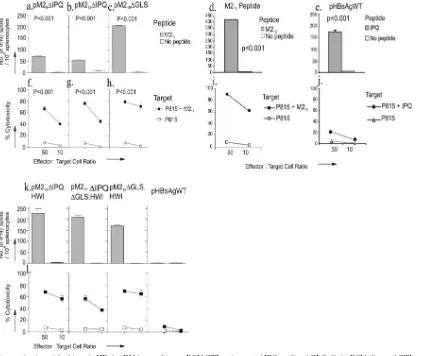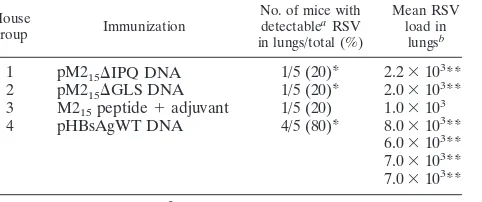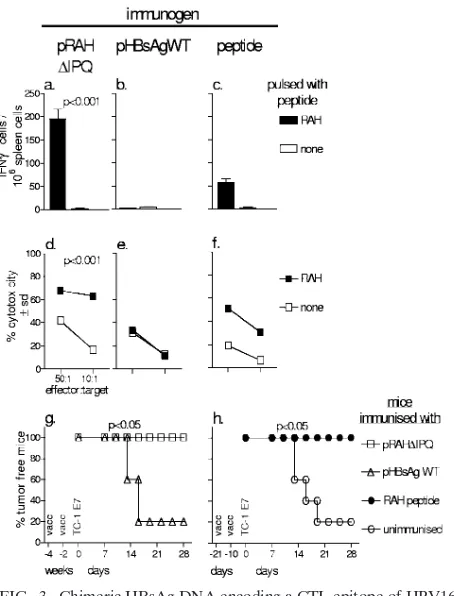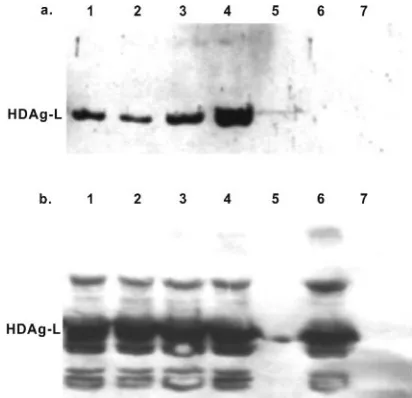Hepatitis B Surface Antigen Vector Delivers Protective Cytotoxic T-Lymphocyte Responses to Disease-Relevant Foreign Epitopes
Full text
Figure




Related documents
periodontitis in the body of rats there is an increase in the formation of active forms of oxygen.. in all terms of
Overall admissions to RCWMCH increased by almost 10% between 2004 and 2013, with a concomitant increase in all ward admissions except in the short-stay medical wards and trauma
Nebivolol hydrochloride used in treatment of hypertension and also treat cardiac failure.. and linearity concentration range from 25 to 315 ng/mL. the methods were validated in
others inter-personal conflict vocational stress Accidental ingestion deliberate accidental Impulsiveness impulsive premeditated Pulse Diastolic BP Systolic BP Respiratory Rate
However, the CCR5 expression on HIV-1- or mock-infected IL-12-induced Th1-type culture cells was still slightly higher than that on HIV-1- or mock- infected IL-4-induced
The virus-specific DNA detected in virions could have resulted from the random packaging of DNA from infected cells, rather than from de novo synthesis in newly assembled
But the affinities are obvious, and so are, on the one hand, the place of Paradise Lost in Milton’s thought on the Gunpowder Plot and, on the other, the place of both in the
CCR9 was able to support the entry of virus pseudotyped with the envelope glycoproteins of the primary T-tropic HIV-1 isolate, UG21, but also demonstrated signals above those seen
